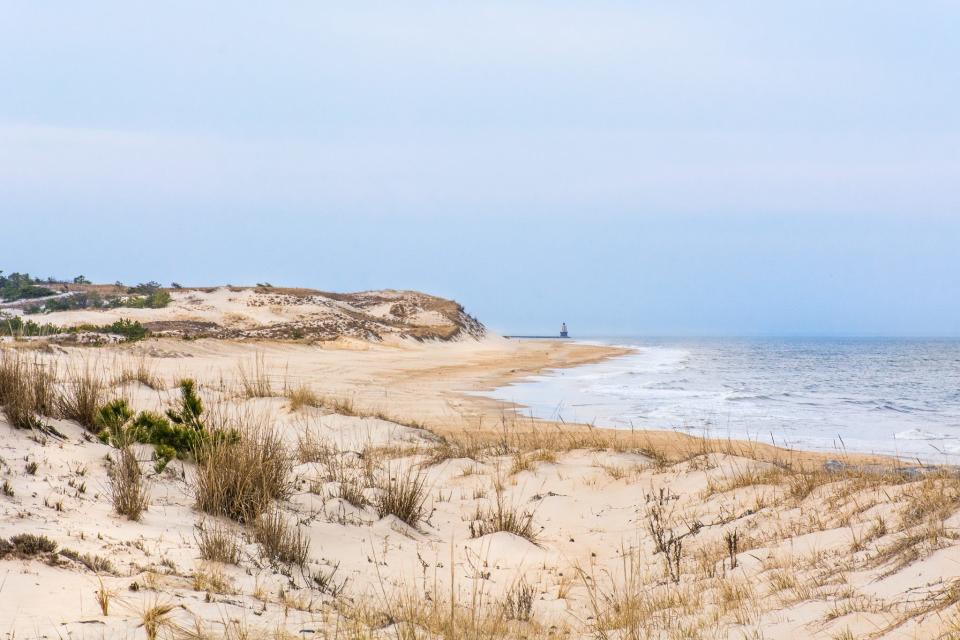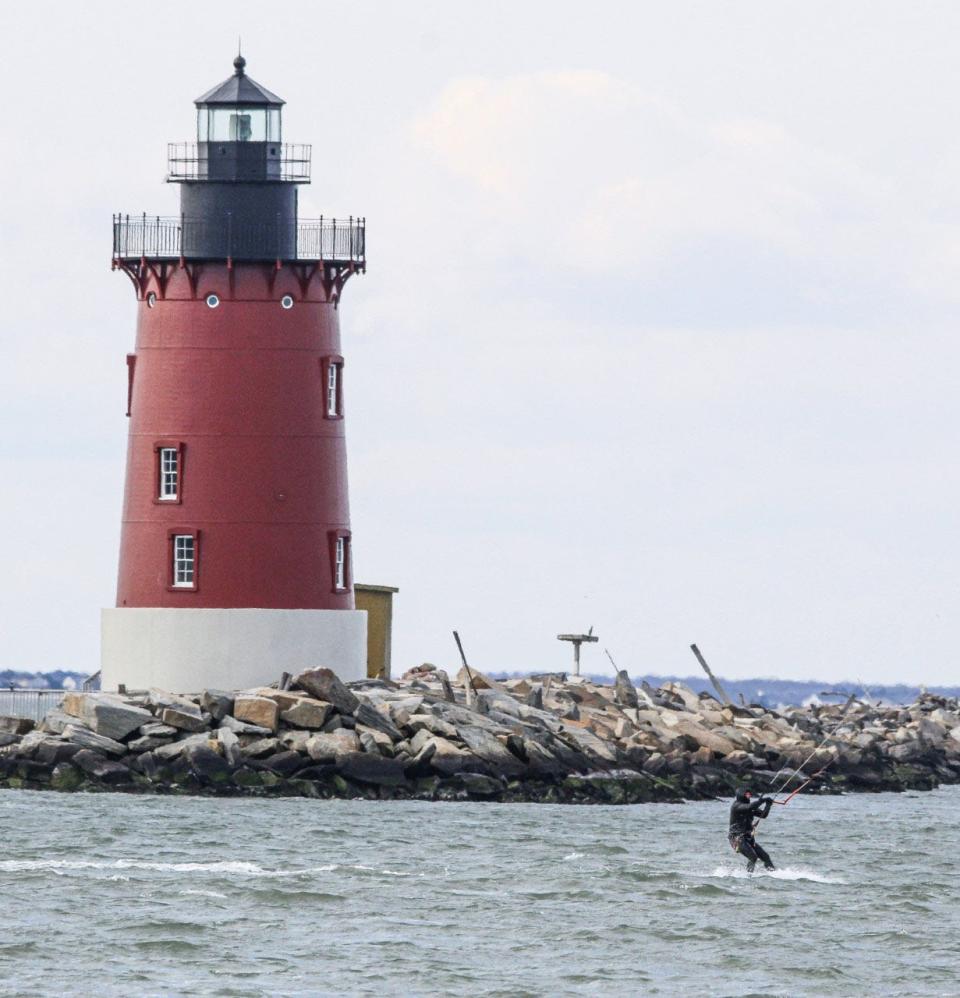'Gold in them thar dunes': How treasure rumors spawned gold rush to Cape Henlopen: History
Believing that there was “gold in them thar dunes,” fortune hunters hightailed it to Lewes to search for doubloons that were supposedly littering the sands of Cape Henlopen.
On Aug. 27, 1936, the Smyrna Times reported, “Rumors that some of the Spanish coins has been washed up during the storm Friday night, sent a number (of treasure hunters to the sand dunes between Lewes and Rehoboth Sunday to hunt for pieces of stray gold.”
On May 25, 1798, the British brig De Braak, commanded by Capt. James Drew, was fresh from a successful voyage, during which Drew had captured a Spanish merchant ship, the Dom Francisco Xavier, that rode quietly on the low rolling waves off Cape Henlopen.
Shortly after the De Braak arrived, a squall that had been brewing over Rehoboth Bay slammed into the British warship. The sudden wind filled the sails and tipped the brig to one side, allowing the sea water to cascade across the deck, down the open hatches and into the hold. The warship quickly filled with water and sank.

After it had settled to the ocean floor, the sinking of the De Braak spawned stories that the vessel was laden with an incredible cargo of gold, silver and other treasure.
The tales of riches aboard the De Braak continued to grow during the 19th century, and in 1936, Charles N. Colstad led a group of New England salvagers to the waters off Cape Henlopen to search for the sunken ship.
A diver with the Colstad expedition spotted an old cannon on the sea floor, but could not locate the remains of the British brig, and the search was shut down for the year.
Before the era of social media, the news of the treasure hunt in the waters off Cape Henlopen spread slowly. It was the height of the Great Depression, and many people were desperate to pick up a few dollars of spending money.
More: Funland at 60: Four generations carry on legacy of 'seaside Americana'
More: Ecuador, Haiti, Guatemala: How a Sussex County soccer league is connecting communities
When Colstad was about to resume treasure hunting in 1937, rumors that gold coins had been found in the dunes of Cape Henlopen touched off a minor stampede to the cape.
According to the Smyrna Times, “For many years past coins of gold, silver and copper, of both Spanish and British mint, have been discovered on the desolate beaches near the water grave of the ill-fated treasure vessel.
"Usually, they have been seen following a high wind and rain squall, but whether they have been washed ashore from the sloop’s money chests by the fury of the churning waves, or were uncovered by the wind from a cache hidden somewhere under the lonely sands of the huge yellow dunes.”
Many of the people looking to find gold in the dunes of the cape were from out of state, and the Smyrna Times reported, “Most of the cars journeying Sunday over the sand-swept road to the spot where the money was reported found bore Pennsylvania license tags, the native Delawareans having long since become chary (wary) of rumors of treasure trove.

"The source of the present rumors could not be located, but carloads of persons stopped Lewes residents to inquire the ‘way to the dunes.’”
Other than the first few coins that set off the gold rush, no other treasure was found.
A half century later, on Aug. 11, 1986, the weathered timbers of the De Braak were rudely plucked from the depths. Although a large number of important artifacts were recovered with the remains of the ship, no gold or silver treasure was found, and historians now believe that probably never existed.
More: Shrinking bathing suits shocked Rehoboth's staid old residents in '20s: History
More: And still they come: How widened roads kept traffic rolling into Rehoboth Beach
The lost treasure of the De Braak was a myth that was created by dreams of people who hoped to strike it rich on the sands of Cape Henlopen.
Principal sources:
Smyrna Times, Aug. 27, 1936.
Donald Shomette, The Hunt for HMS DE Braak, Legend and Legacy, Durham, NC: Carolina Academic Press, 1993, pp. 54-57, 109.
Delaware, A Guide to the First State, Federal Writers’ Project, New York: The Viking Press, 1938, p. 106.
This article originally appeared on Salisbury Daily Times: How treasure rumors spawned gold rush to Cape Henlopen: History

